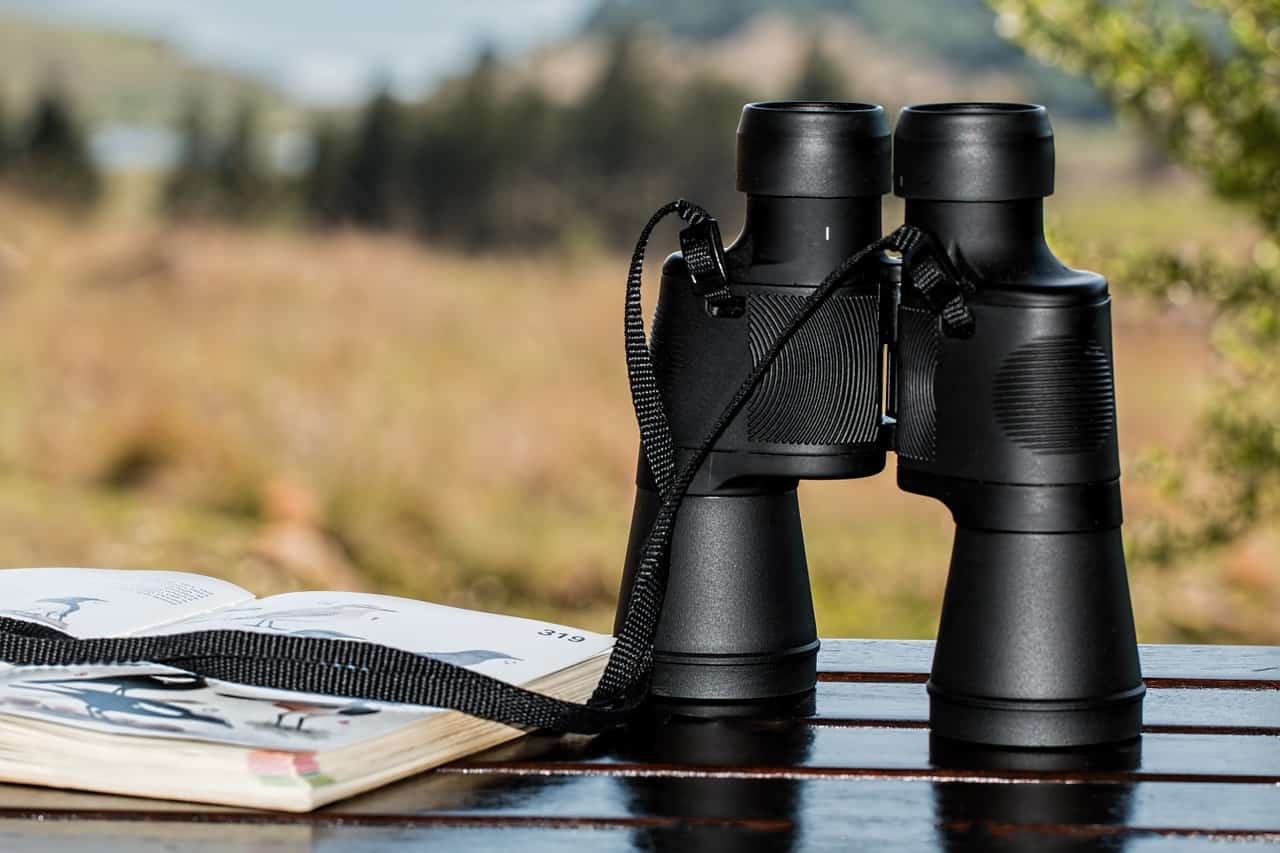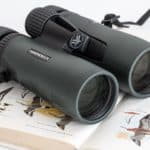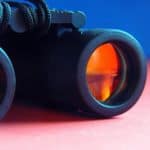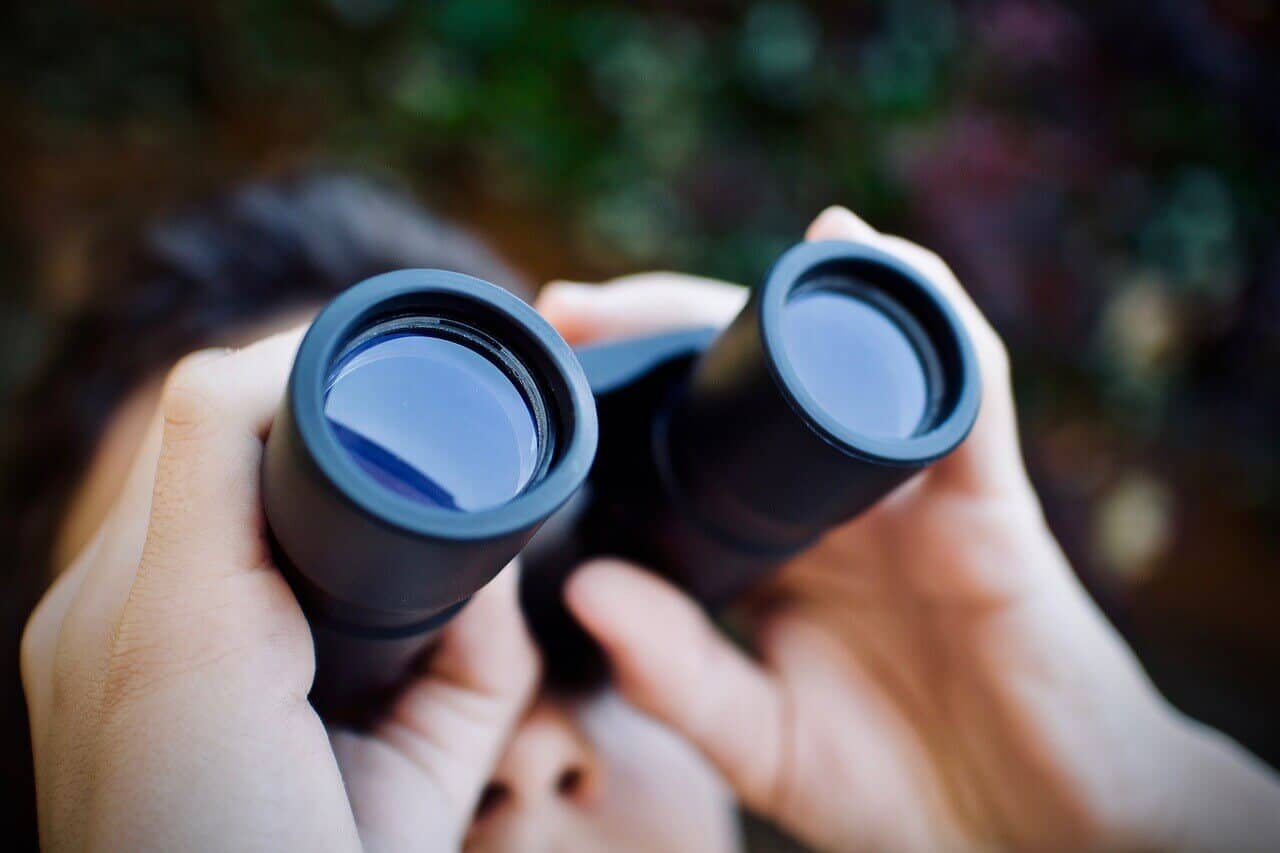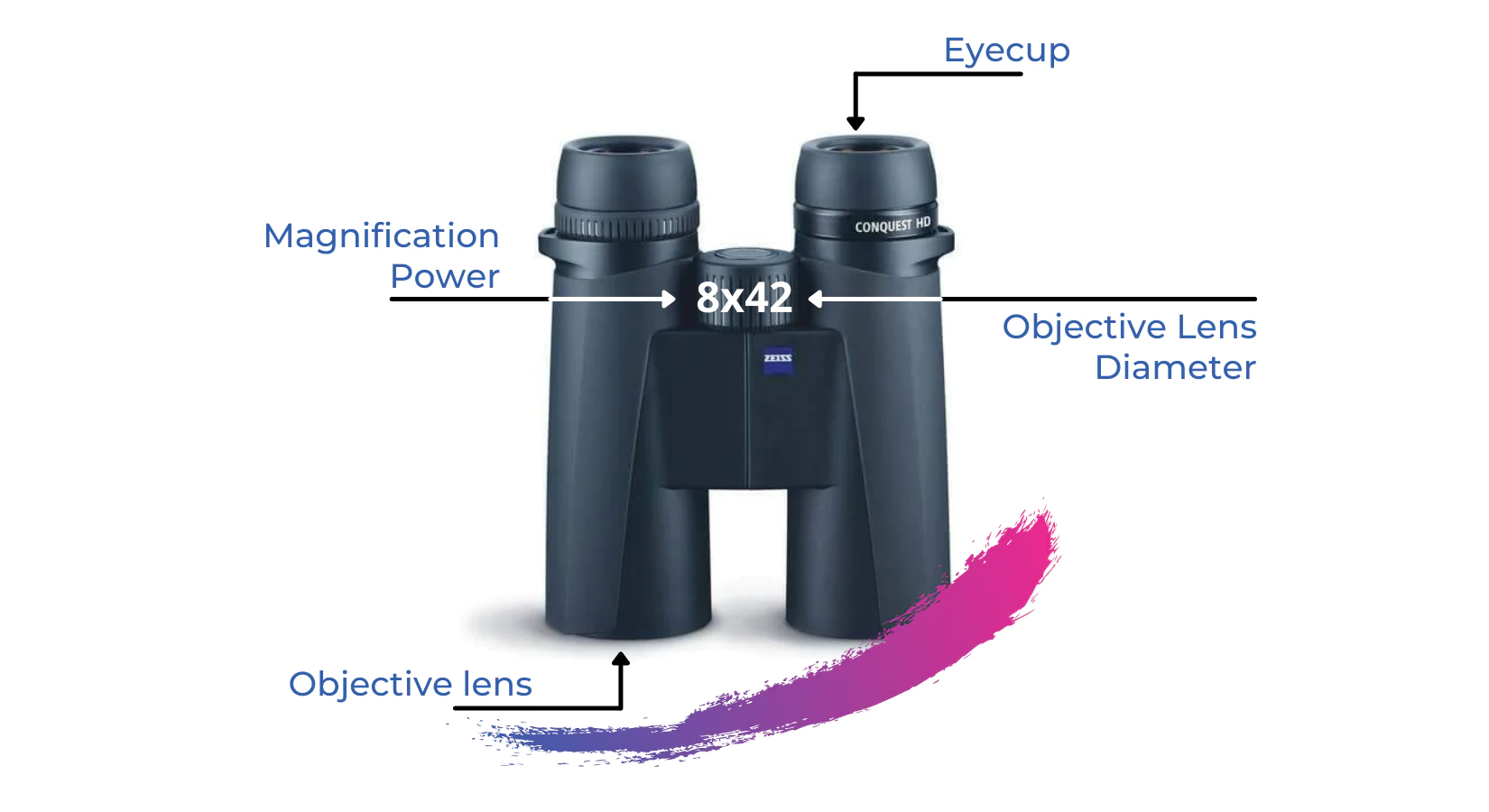Water and humidity resistance are some prime features that you should check before getting a pair of binoculars. As companies like to boast about their product’s (binoculars in this case) specifications, nowadays to increase the public interest they have started to highlight the nitrogen filling of their binoculars.
However, laymen do not understand why are binoculars filled with nitrogen, and how much good it will do to their binoculars’ working. This whole thing leads to confusion and miss-conception about the specs which should be given prime concern while testing binos.
To side-step you from any bothersome and provide a thorough insight into the purpose of nitrogen purging, I was compelled to write this informative article. Read it till the end, and increase your knowledge about your thing of interest.
What are the Specifications of Nitrogen (especially to optics)?
As optics are meant to be protected from any impurities (even the slightest) and moisture, the manufacturers have come up with this very effective and harmless idea of making binoculars entirely protected.
While assembling parts of binoculars, it is made sure that there is no moisture in there. However, it is not possible since air has moisture and it gets trapped inside them. To remove this slightest possibility of moisture presence, dry nitrogen gas is run through them
How is Nitrogen Purged inside Binoculars?
A factory environment (usually) has a lot of gases floating in the air. Oxygen, carbon dioxide, nitrogen dioxide, etc. are the most important of them.

The binoculars are filled with dry nitrogen gas before assembling of parts. This gas is pumped with lots of pressure (to ensure that nothing else goes inside). This gas compels any impurity present in there to move out and makes certain that binoculars are completely dry and clean from the inside.
The next step is to seal the eye cups right after nitrogen is injected. The rings made of rubber are used as a seal for binoculars. As rubber also doesn’t allow the entrance of anything inside it, it is the most favored material for a seal ring.
Also Read: How to avoid binoculars shaking in 7 simple steps
What are the Benefits of Nitrogen?
Have you ever observed a glass bottle that just came out of the freezer? Because if you have, you must have seen the accumulation of moisture inside it. The low temperature turns the water into a fog and it starts accumulating on the sides of the bottle.
What will happen if the same thing happens with your binoculars lenses? You will not be able to see anything through them (until they are dried up). Water from outside the lenses can be wiped easily, but you can’t do this from inside.
You will have to wait and let your binoculars dry. This problem worsens when plenty of moisture is present in the air as well (humid areas). It will take longer for water to evaporate out of the glass lenses. And it will surely ruin your activity i.e. if you were hunting, or watching birds, you will have to pause the activity and dry the binos (such a bothersome isn’t it?).
Nitrogen comes up as a savior in these circumstances. Here are a few major benefits of nitrogen purging (a term used for the filling) to binoculars.
- It never allows moisture to enter inside binoculars. This mean you can take out your binos when it is raining or you can take them with you when you are swimming or diving in the water.
- It is not limited to water only, other impurities such as dust, debris, fungus, and rusting, nitrogen resists all of them and keeps your binoculars super clean from the inside.
- When your binoculars are mishandled i.e. they are stored in a damp place without any protective measure, nitrogen makes sure that no fungus or rusting grows in them. It will work as a great repellent. Although in these situations, binoculars will be harmed from outside i.e. dust, fungus, and moisture will get wedged on them. To not let this happen, you must prevent mishandling and carelessness.
- Nitrogen increases your pleasure in using binoculars. If you want to take your binoculars underwater and want to see the mesmerizing scenery in there, then you should go for nitrogen-filled binoculars.
This is the main difference between nitrogen filled vs. non-nitrogen-filled binoculars. As the latter will get blurred underwater and you won’t see anything. While the nitrogen-filled binos will not be affected by water and fog.
While looking for binoculars, you might ask yourself, what if nitrogen gas is leaked, or will your binoculars be still water-proof? Well, they will still be water-proof. As nitrogen is filled under extreme pressure, the chances of leakage are close to none. Additionally, the rubber ring used for sealing nitrogen is of great help to maintaining the nitrogen levels inside the binos.
Are Non-nitrogen filled Binoculars Worth Your Money?
Having read all the specifications of nitrogen-filled binoculars, you must have made a rough idea in your mind that only nitrogen-filled binoculars are worth your money. However, this is not true in all cases.
If you are going to buy a new pair of binoculars, you shouldn’t overlook the magnification, field of view, types of prisms, glass type and water and fog-resistant capacity while emphasizing nitrogen-filled binoculars. Although having them is a win-win situation, but some companies have started covering their products’ flaws under the tag “nitrogen filled”.
You should first test all important aspects, and after that, if you read the term nitrogen-purged then this is truly a jackpot. You will be enjoying your experience with binoculars thoroughly. Even though you will have to invest a large amount of money in buying such a pair, but it is all worth it!
Conclusion
Nitrogen-filled binoculars are best for cold and humid places, where fog is a common factor. The same goes for those who live near coastal areas, as the air near the coast is always loaded with moisture. This moisture promotes the growth of fungus inside binoculars. And once the fungus finds its way into your lenses, you will be at a loss!
I will highly recommend nitrogen-filled binos for swimmers, underwater divers, and kayakers. Because they will not be able to fully enjoy their ventures because of those foggy and misty binoculars. Nitrogen-filled Binoculars will be extremely helpful for them.
However, if you reside in an extremely dry place, you are not obliged to buy nitrogen-filled ones. As you can prevent fungal growth and dusting easily by cleaning and taking care of your binoculars.
This enlightening piece was aimed to clear your thoughts about why binoculars are filled with nitrogen and to shed light on the pros and cons of nitrogen purging. Now your confusions and doubts must be cleared. Good luck!

An optics enthusiast – I love bird watching as well as wildlife. Originally from South Africa, I moved to the UK at a young age. I love reviewing the latest binoculars as well as traveling. I work as a comms consultant during the day. My plan is to travel across the world so building up to that goal.

